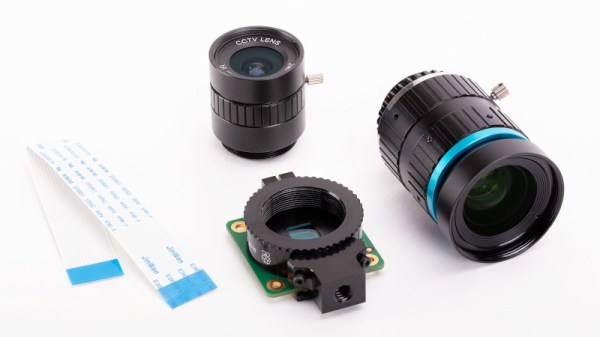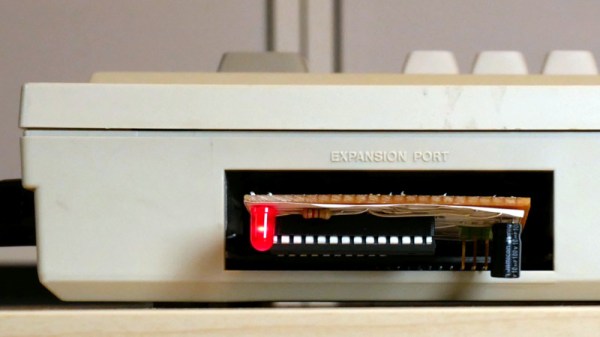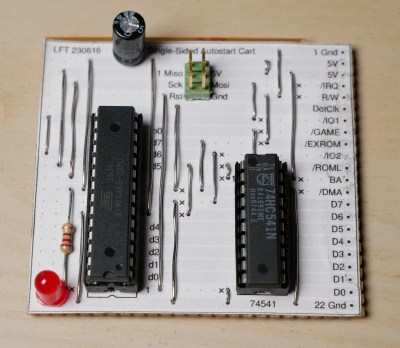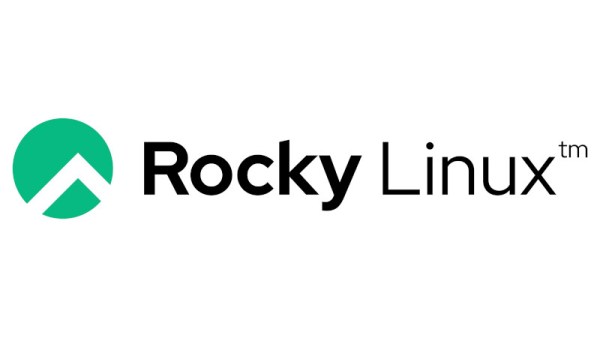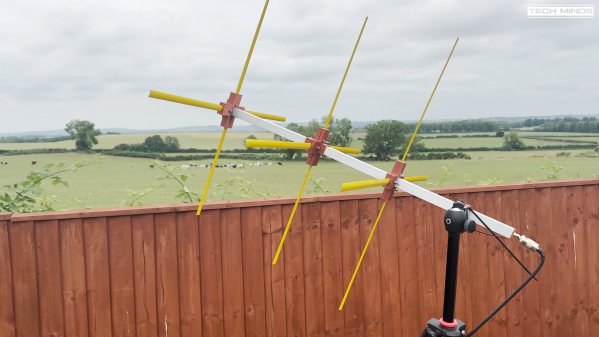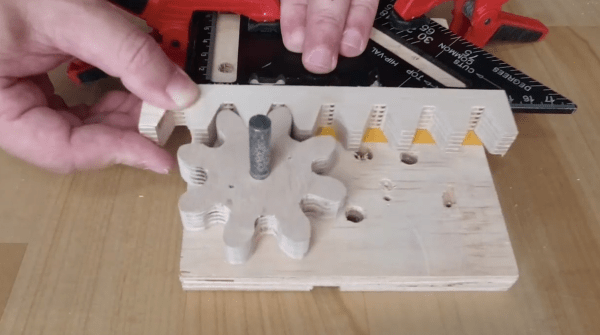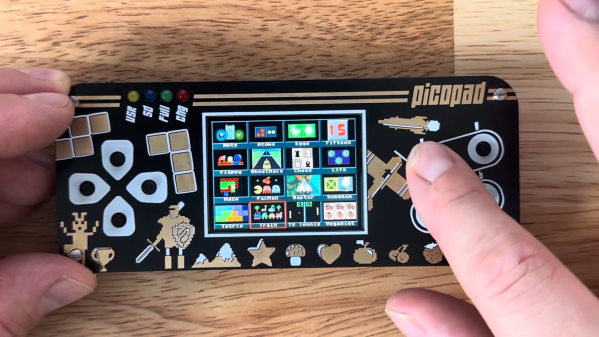If you have any astronomer friends you’ll soon discover that theirs is a world of specialist high-quality optical equipment far ahead of the everyday tinkerer, and for mere mortals the dream of those amazing deep space images remains out of reach. It’s not completely impossible for the night sky to deliver impressive imagery on a budget though, as [David Schneider] shows us with a Raspberry Pi powered whole sky camera.
The project was born of seeing a meteor and idly wondering whether meteorite landing sites could be triangulated from a network of cameras, something he quickly discovered had already been done with some success. Along the way though he found the allsky camera project, and decided to build his own. This took the form of a Raspberry Pi 3 and a Pi HQ camera with a wide-angle lens mounted pointing skywards under an acrylic dome. It’s not the Hubble Space Telescope by any means, but the results are nevertheless impressive particularly in a timelapse. We wish there were less light pollution where we live so we could try it for ourselves.
Long-term readers may remember that this isn’t the first Pi sky camera we’ve brought you, for example this one is from 2020.

